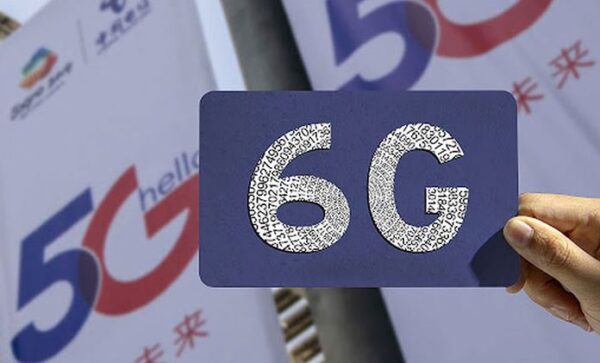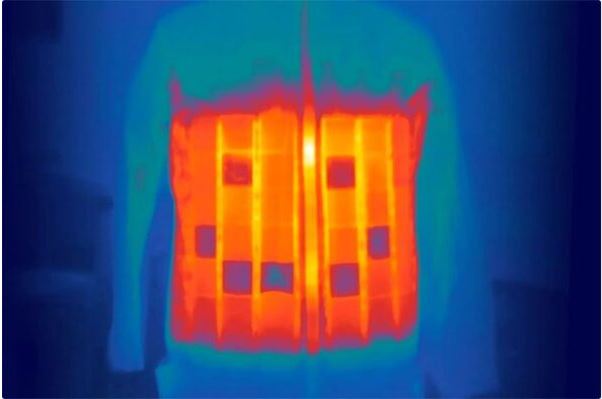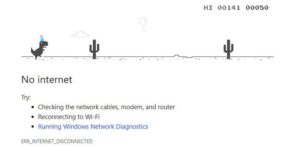Researchers have discovered a new way to control terahertz signals, paving the way for ultra-fast 6G networks.
The future of mobile data transmission may lie in “bending” light beams in the air to provide lightning-fast 6G wireless networks.
This is the result of a study recently published in the journal Nature’s Communications Engineering on 6G technology.
According to trade body GSMA, 6G networks will begin to be deployed in 2030, and can reach speeds thousands of times faster than 5G.
Unlike 5G, which primarily operates in the sub-6 gigahertz (GHz) bands of the electromagnetic spectrum, 6G networks are expected to operate in the terahertz (THz) spectrum with frequencies between 100 GHz and 300 GHz.
A major challenge with high-frequency 5G and future 6G is that the signal needs a direct path between the transmitter and receiver. That’s because the closer the radiation is to visible light, the easier it is for the signal to be blocked by physical obstacles, such as buildings, walls, etc.
In new research, scientists suggest that future 6G networks can overcome this challenge by effectively “bending” high-frequency signals.
To do that, the research team designed transmitters capable of controlling the strength and timing of the data-carrying signal. The transmitter allows the signal to remain intact even when the path to the receiver is partially blocked.
That’s because while photons still travel in a straight line, signals from the THz spectrum can be bent around the object, and transform the data into a new form, with “unblocked” properties.
“We have found the world’s first curved data link,” said Edward Knightly, study co-author and professor of electrical and computer engineering at Rice University.
“It is a key milestone in realizing the 6G vision of high data speeds and high reliability.”
It is known that 5G millimeter band (mmWave) currently provides the fastest network bandwidth, with theoretical speeds of up to 10 to 50 gigabits (billions of bits) per second. However, the THz spectrum that sits on mmWave at frequencies between 100 GHz and 10,000 GHz (10 THz) can provide data transfer speeds of 1 terabit/second – nearly 5,000 times faster.
Although bending light without the power of a black hole is not a new discovery, what is important about this research is that it can help 6G network technology become more practical, as well as advance one step further. step closer to realizing mobile wireless networks with “unparalleled” speeds.












